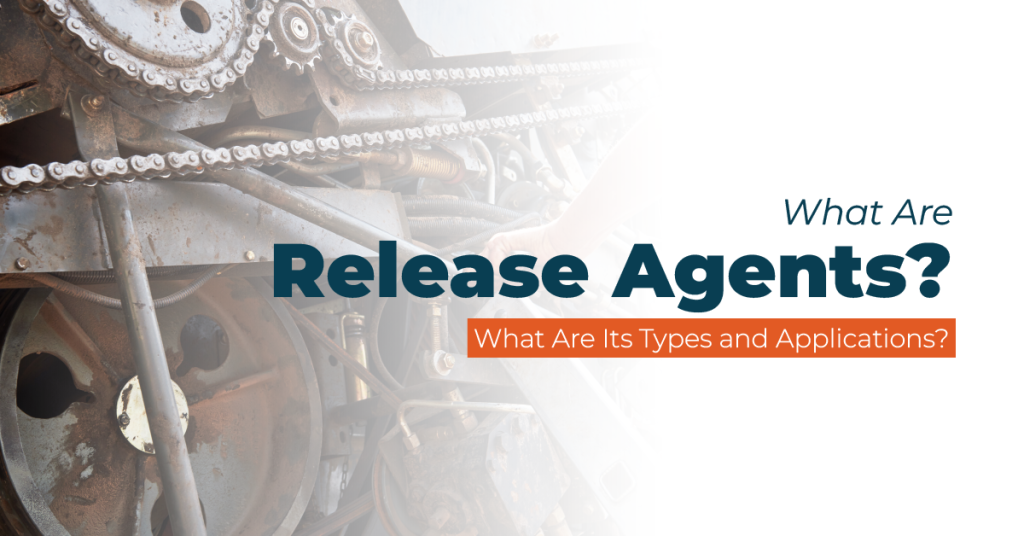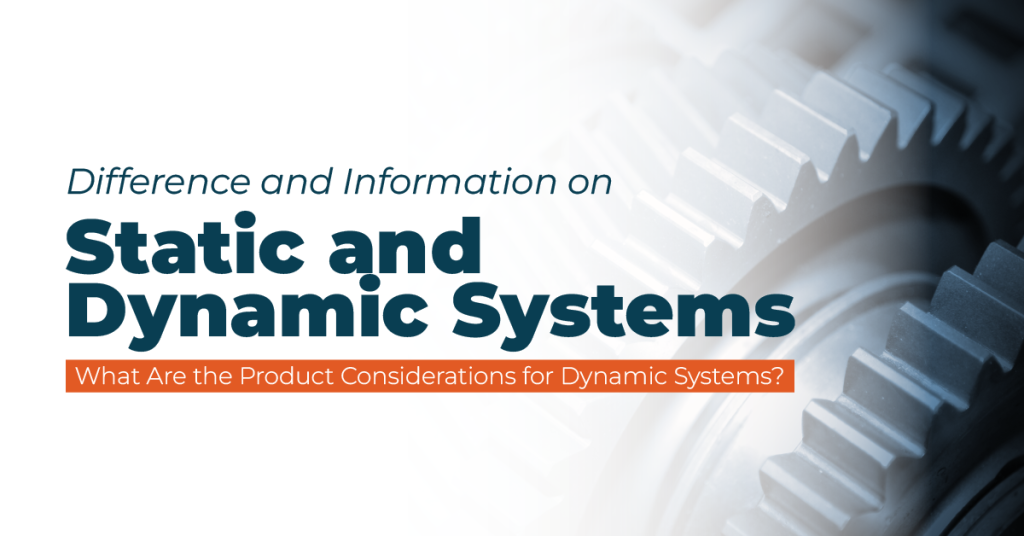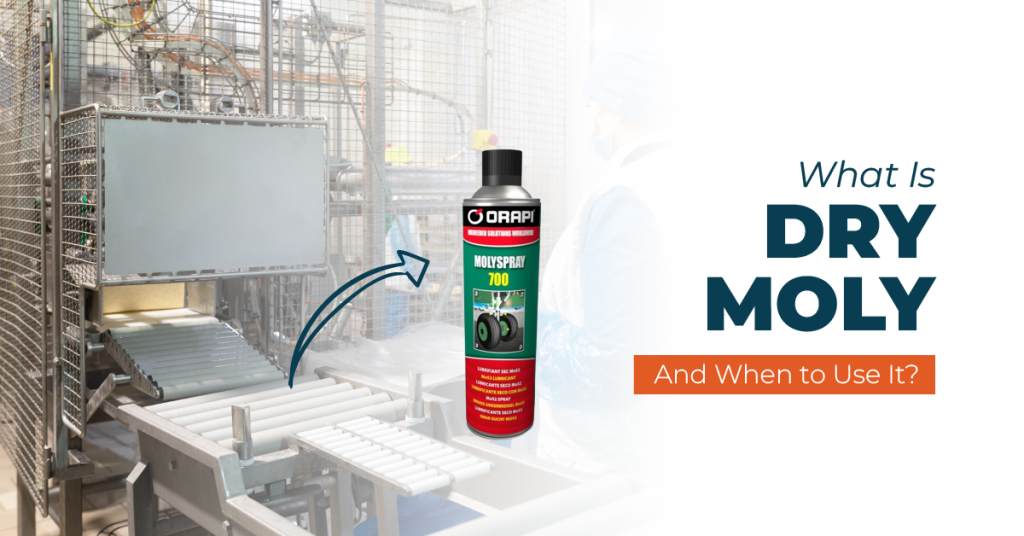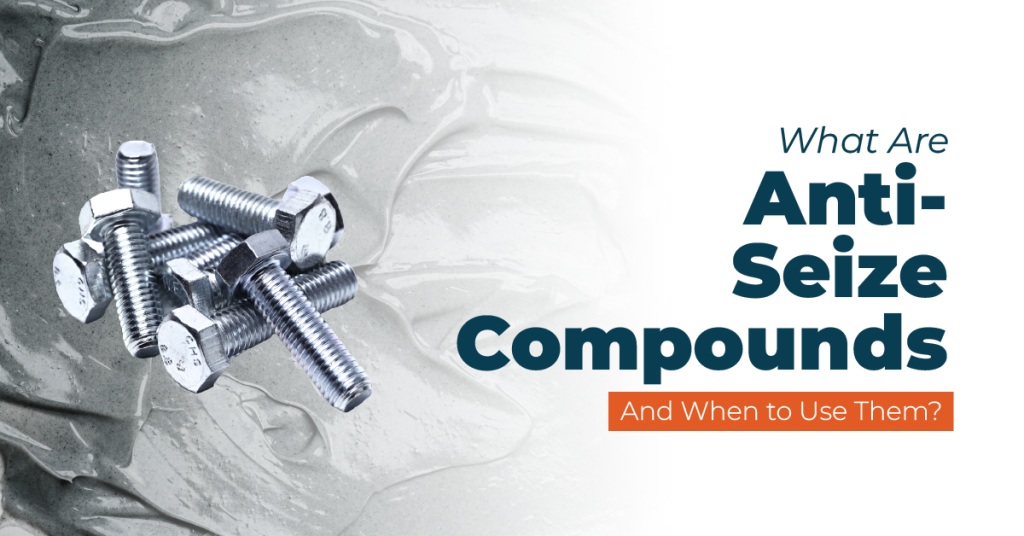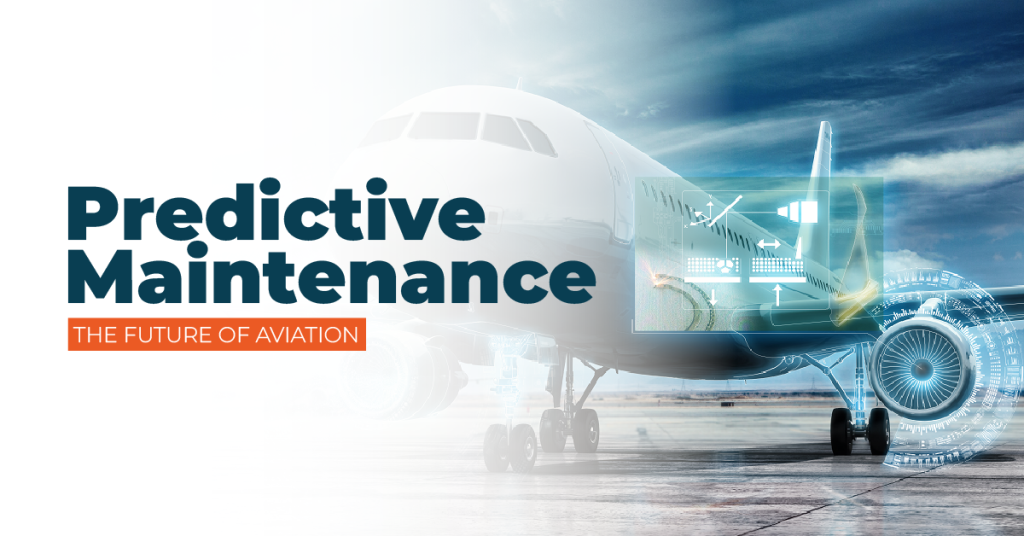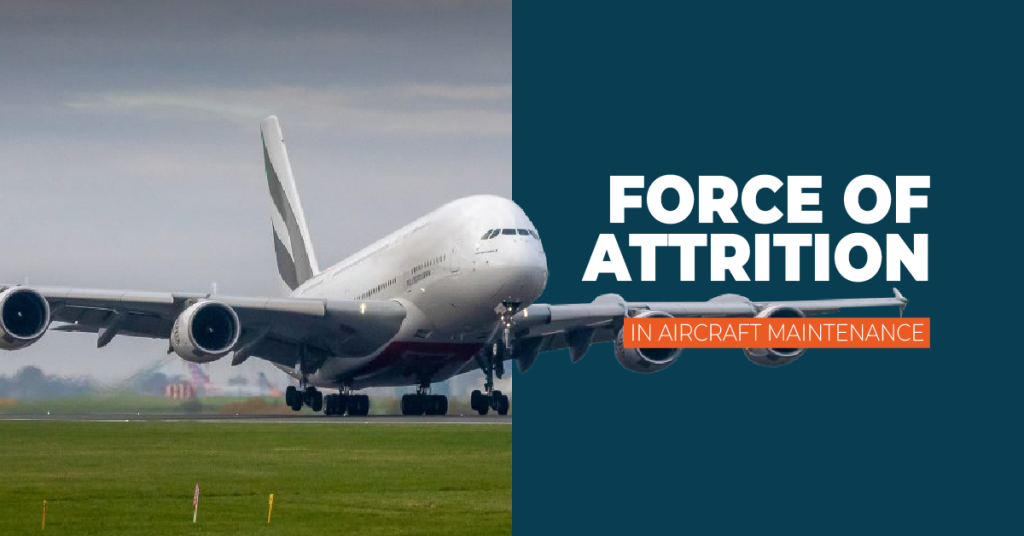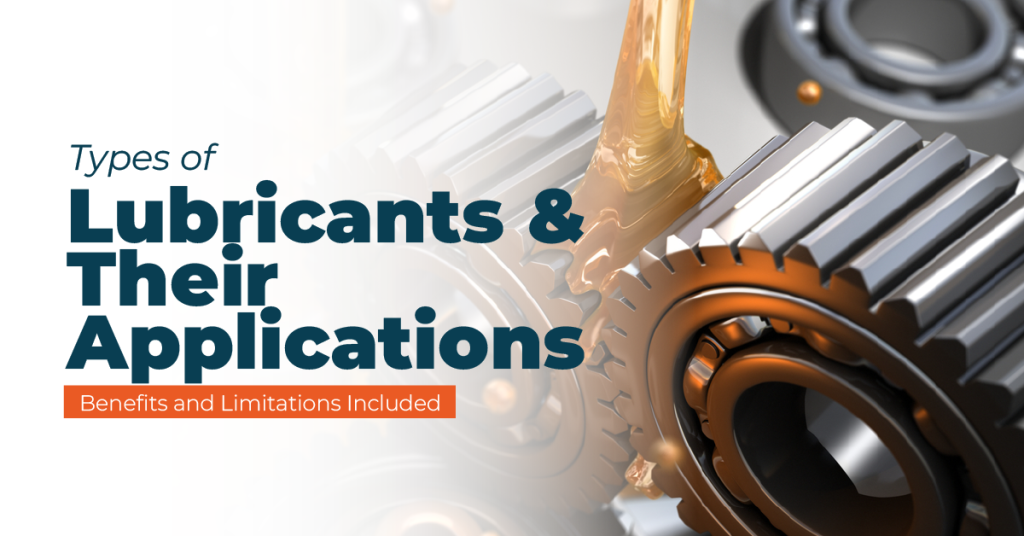
Different Types of Lubricants and Their Applications
In general, lubricants are primarily used to decrease friction between two surfaces; however, it is essential to note that each lubricant has unique properties. Although lubrication may seem straightforward, it is still crucial to understand the different types of lubricants and their applications. This ensures that the appropriate lubricant is always used for the intended application, which can reduce machine downtime and failures. To begin with, lubricants can be categorised into four main types: oils, greases, penetrating lubricants,

